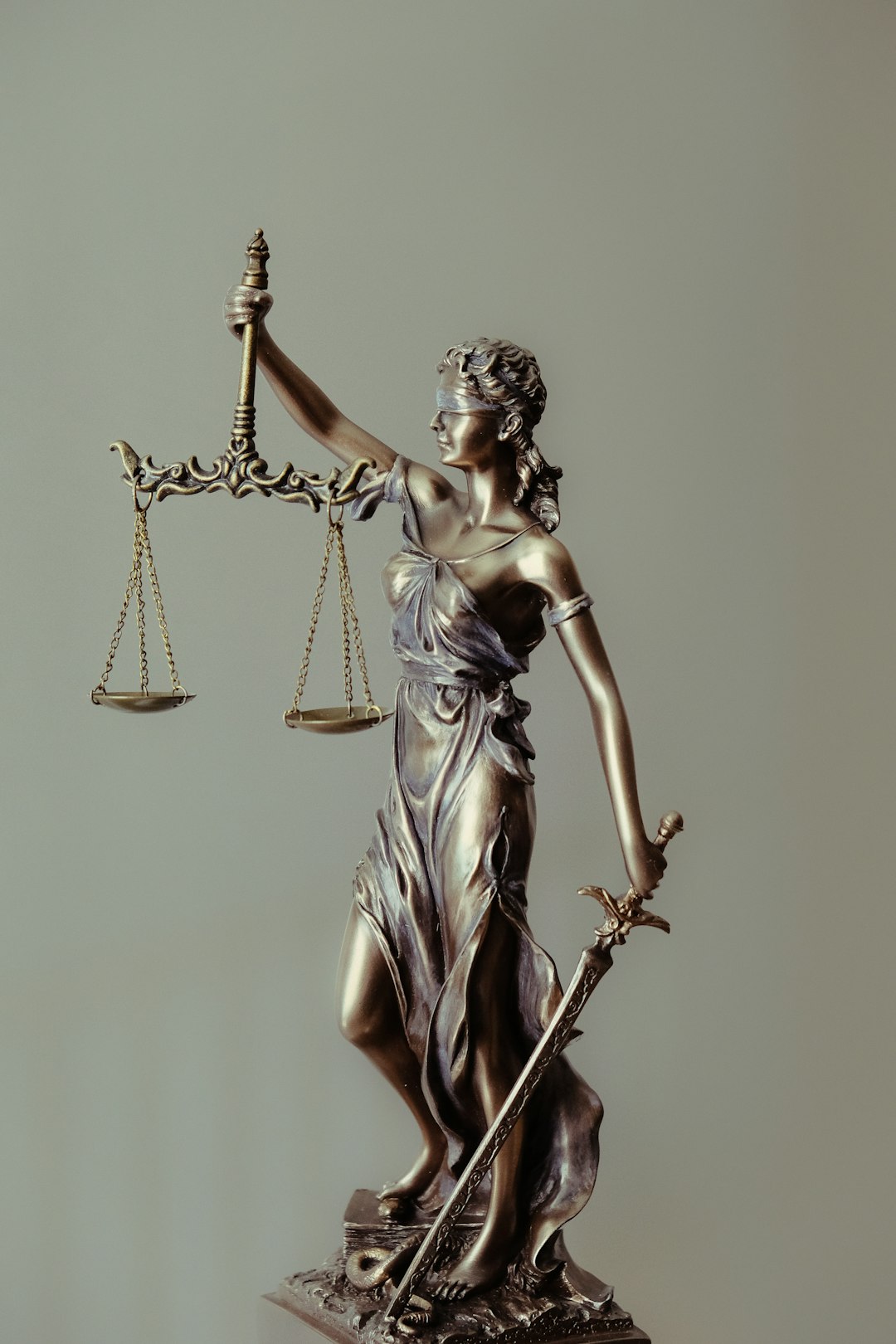In a law office, lighting is crucial for productivity. Balancing ambient and task-specific illumination through well-designed systems reduces eye strain, enhances document readability, and promotes concentration. Integrating ergonomic principles with law office equipment like lighting fixtures creates productive workspaces that regulate circadian rhythms, boost morale, and satisfy employees, ultimately increasing productivity and client satisfaction. Essential factors include natural light exposure, color temperature (5000K for focus, 3000K-4000K for relaxation), and uniformity. Using overhead lighting fixtures, task lighting like table or floor lamps, and adjustable lighting equipment enhances efficiency, while leveraging natural light from large windows or skylights aligns with the body's circadian rhythm. These practices significantly enhance both efficiency and morale among legal professionals and support staff in law office equipment.
In today’s digital era, the ambiance of your law office plays a pivotal role in enhancing productivity. Understanding how lighting impacts work performance is the first step towards creating an efficient workspace. This article delves into the essential elements for optimizing law office lighting, exploring various types of equipment and design tips to foster a productive environment. By integrating the right law office equipment, you can transform your space into a vibrant hub of activity, maximizing efficiency and client satisfaction.
- Understanding the Impact of Lighting on Productivity in Law Offices
- Essential Elements for Optimizing Law Office Lighting
- Types of Lighting Equipment and Their Benefits
- Creating a Productive Environment: Best Practices and Design Tips
Understanding the Impact of Lighting on Productivity in Law Offices
In the dynamic environment of a law office, the impact of lighting on productivity cannot be overlooked. Well-designed lighting goes beyond mere aesthetics, playing a pivotal role in enhancing efficiency and focus among legal professionals. The right balance of ambient light and task-specific illumination can significantly reduce eye strain, improve document readability, and create an atmosphere conducive to deep concentration. This is particularly crucial given the extensive hours and intricate details often associated with legal work.
Moreover, the selection and placement of law office equipment, including lighting fixtures, should align with ergonomic principles to foster a productive workspace. Adequate natural light, supplemented by energy-efficient artificial lighting solutions, can help regulate circadian rhythms, boost morale, and contribute to overall workplace satisfaction. By understanding and optimizing lighting conditions within their offices, law firms can create environments that not only meet but exceed the demands of their legal practices, thereby promoting higher productivity and client satisfaction.
Essential Elements for Optimizing Law Office Lighting
Optimizing lighting in a law office isn’t just about aesthetics; it’s a key element in creating a productive and conducive work environment for legal professionals. Essential elements to consider include natural light exposure, color temperature, and uniformity. Natural light is not only aesthetically pleasing but also helps regulate circadian rhythms, boosting productivity and mood. Aim for ample windows or skylights, if possible, to maximize daylight intake throughout the day.
When it comes to artificial lighting, choosing the right balance of color temperature is crucial. Cooler tones (around 5000K) promote alertness and focus, ideal for task-oriented work. Warmer tones (3000K-4000K), on the other hand, create a more relaxed atmosphere, suitable for break areas or conference rooms. Uniformity ensures no shadows or harsh spots, allowing everyone to work comfortably without eye strain. Adjustable lighting fixtures and dimmers can help achieve this balance, catering to different tasks and personal preferences within the office space.
Types of Lighting Equipment and Their Benefits
In a law office, lighting plays a significant role in setting the tone and enhancing productivity. The right type of lighting equipment can improve focus, reduce eye strain, and create an inviting atmosphere. One popular choice is overhead lighting fixtures that provide even illumination across the workspace. These are cost-effective and easy to install, making them a common selection for many law offices.
Another option is task lighting, such as table lamps or floor lamps, which can be positioned to directly shine on work areas like desks or reading chairs. This focused light reduces glare and shadows, making it easier to read legal documents and review cases. Additionally, adjustable lighting equipment allows users to customize the brightness and direction of light, further promoting personalized productivity levels and comfortable working conditions.
Creating a Productive Environment: Best Practices and Design Tips
Creating a productive environment in a law office is essential for enhancing efficiency among legal professionals and support staff. Lighting plays a pivotal role in this regard, as it influences not just morale but also the quality of work produced. Well-designed lighting solutions can significantly improve focus, reduce eye strain, and foster an atmosphere conducive to critical thinking and document review.
Best practices include incorporating natural light whenever possible through large windows or skylights. This not only brightens the space but also syncs with the body’s circadian rhythm, promoting better sleep and increased energy levels throughout the day. For artificial lighting, a combination of general overhead lighting and task-specific lighting is ideal. Desk lamps, for instance, can provide focused illumination for reading and writing, while LED strip lights under cabinets or shelves offer subtle yet effective lighting for tasks requiring precision. Opting for adjustable lighting fixtures allows users to customize their workspace according to their preferences and tasks at hand, making the most of available light and reducing unnecessary energy consumption.
In conclusion, optimizing lighting in law offices is a game-changer for enhancing productivity. By understanding the impact of light on human performance, implementing essential lighting elements, and choosing the right equipment, legal professionals can create an environment that fosters focus, reduces eye strain, and improves overall efficiency. Incorporating best practices and design tips ensures a productive workspace, making it easier for attorneys and staff to navigate complex tasks and deliver exceptional service. Investing in high-quality law office equipment, specifically lighting, is a strategic move towards maximizing output and creating a vibrant, bustling workplace.
